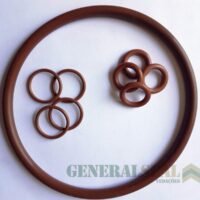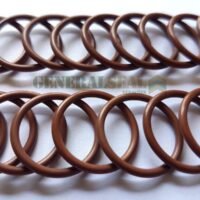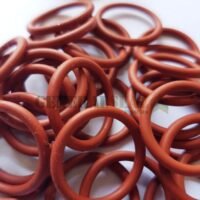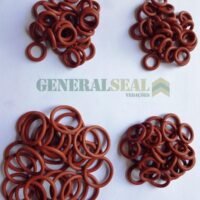Sealing ring price
The Importance of O-Rings and Their Prices - Complete Guide
When it comes to ensuring that mechanical systems and equipment run leak-free, O-rings play a vital role. In this comprehensive guide, we’ll explore the importance of these components and how their prices can vary depending on different factors. Whether for industrial or domestic applications, understanding O-rings is essential to maintaining efficiency and reliability.
What are O-Rings?
Crucial Components for Preventing Leaks
O-rings, also known as gaskets or seals, are circular components often made from materials such as rubber, silicone or polymers. They are inserted into interfaces between parts to create an effective barrier against liquid or gas leaks. These components play a vital role in a variety of industries, from automobiles to chemical plants.
Types of Sealing Rings
There are several types of O-rings available, each designed to meet different needs. Some examples include rubber O-rings, silicone O-rings, and PTFE O-rings. The choice of O-ring material and type depends on the operating conditions, such as temperature, pressure, and chemicals involved.
Importance of Sealing Rings
Leak and Contamination Prevention
O-rings play a critical role in preventing leaks, which can lead to financial losses, equipment damage, and environmental contamination. In industrial systems such as oil and gas pipelines, the failure of an O-ring can result in serious consequences.
Maintaining Efficiency and Performance
By creating an airtight seal between parts, O-rings ensure that systems operate at optimum efficiency and performance. This is particularly important in sectors such as the food industry, where cross-contamination can have serious implications.
Factors Affecting O-Ring Prices
Material and Quality
The choice of material directly influences the price of sealing rings. Premium materials such as special elastomers or PTFE tend to be more expensive due to their superior sealing properties and durability.
Size and Dimensions
O-rings are available in a variety of sizes and dimensions to suit different applications. The larger the size of the ring, the higher the price will generally be, as more material is required.
Specific Applications
O-rings designed for extreme conditions, such as high pressure or extreme temperatures, tend to be more expensive due to the need for specialized materials and manufacturing.
O-Ring Prices: What to Expect?
Price Variations
O-ring prices can vary significantly based on the factors mentioned. Standard o-rings for common applications can be affordable, while those intended for specialized situations can be more expensive.
Budget and Quality
It is important to remember that opting for the cheapest O-ring is not always the best choice. Investing in quality can result in greater durability and performance, avoiding future replacement costs.
O-rings are crucial components for preventing leaks in mechanical systems and equipment. Choosing them correctly and understanding the factors that affect their price are essential to ensuring operational efficiency and reliability. By choosing quality O-rings, you are investing in long-term performance.
Frequently Asked Questions
The most common materials for O-rings include rubber, silicone, and PTFE.
It is generally recommended to replace O-rings after removal to ensure proper sealing.
Yes, there are specific O-ring materials that can withstand high temperatures.
Industries such as oil and gas, automotive and chemical rely heavily on O-rings.
The correct size of an O-ring depends on the dimensions of the interface where it will be applied.
Did you find what you were looking for?
Get your free quote now!





